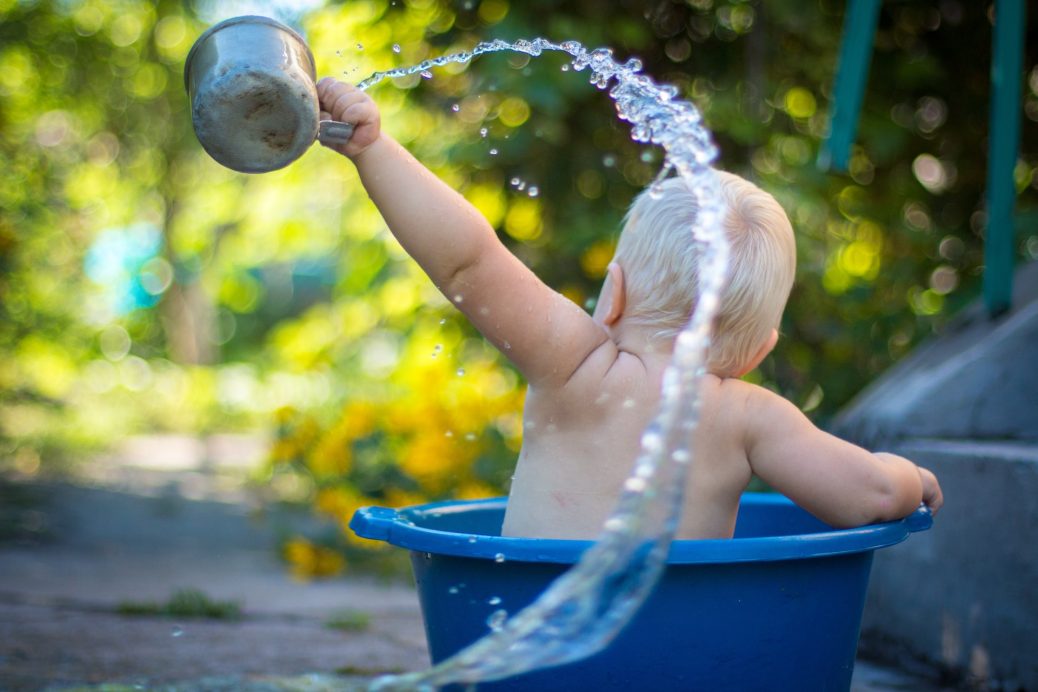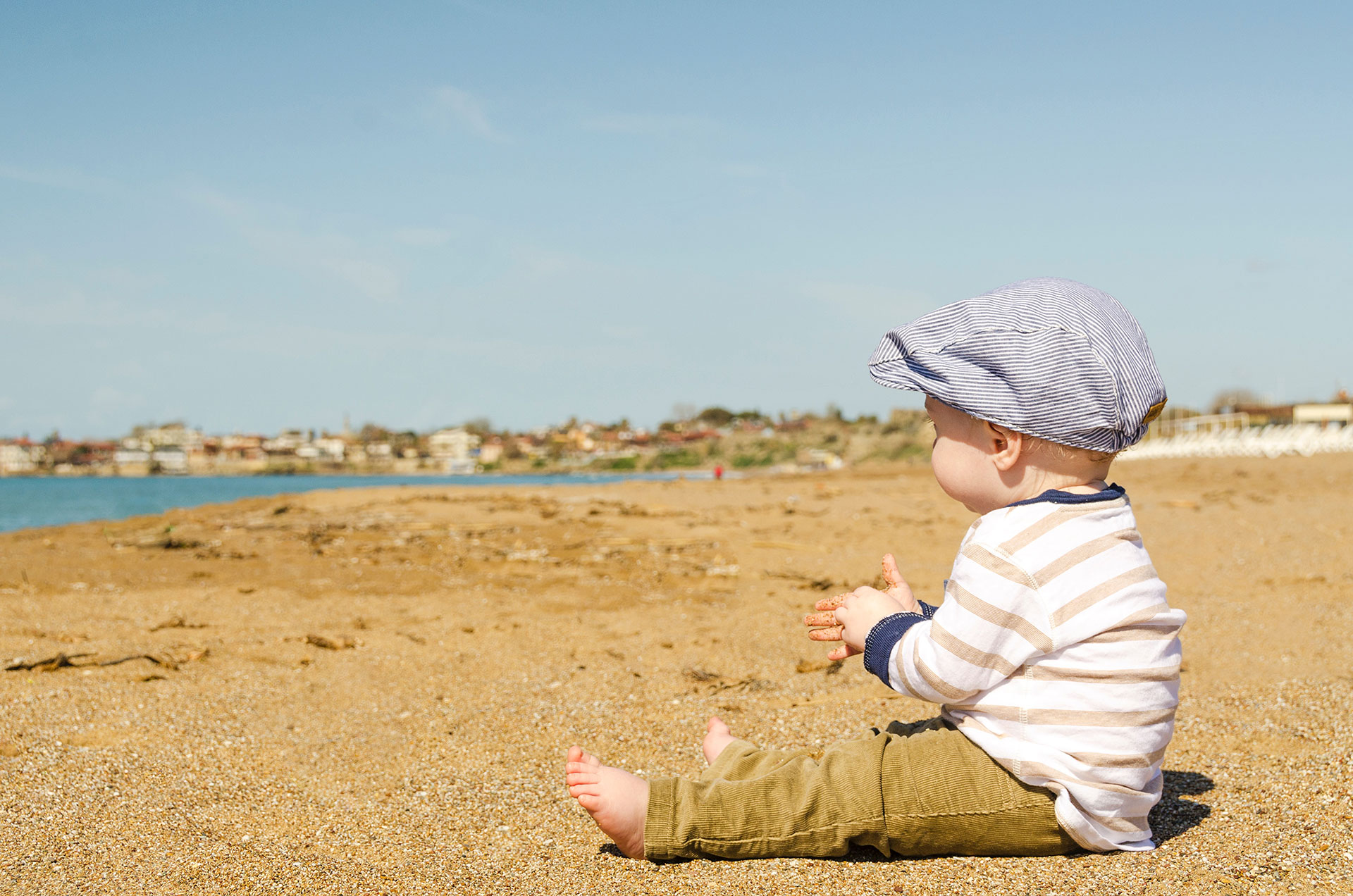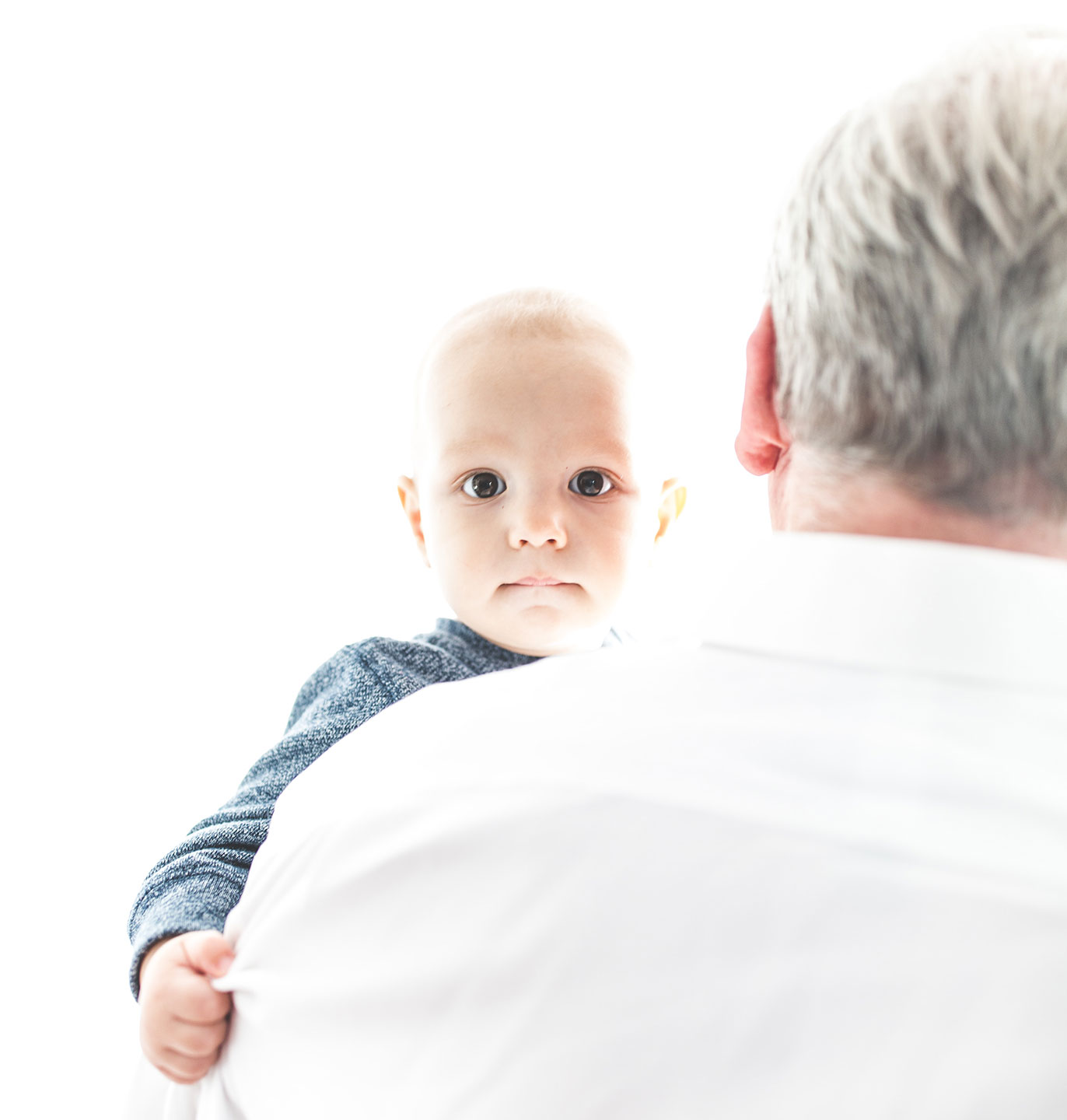Discovering the 10 best tips for creating a safe environment for your baby. Creating a safe environment for your baby is crucial to ensure their well-being and development. From babyproofing your home to practicing supervision, these tips will assist you in creating a secure and nurturing space for your baby to grow and explore.
Introduction
The safety of your newborn is a top priority as a parent. Creating a safe environment for your baby is essential to protect them from potential dangers and ensure their well-being. In this article, we will provide you with essential tips and guidelines to help you establish a safe environment for your newborn. By implementing these safety measures, you can promote a secure and nurturing space for your baby to grow and thrive.
Safe Sleep Practices
Follow safe sleep guidelines to reduce the risk of Sudden Infant Death Syndrome (SIDS). Place your baby on their back to sleep on a firm mattress with a fitted sheet. Avoid pillows, stuffed animals, and loose bedding in the crib. https://neovantage.net/importance-of-adequate-sleep-for-children, https://neovantage.net/sleeping-with-your-infants/,
Baby-Proofing the Home
Thoroughly baby-proof your home to prevent accidents and injuries. Install safety gates at the top and bottom of stairs, cover electrical outlets, secure cabinets and drawers with childproof locks, and use corner protectors on sharp furniture edges. https://neovantage.net/shifting-your-toddlers-from-crib-to-bed/
Hazardous Items and Choking Hazards
Keep hazardous items out of reach. Store cleaning products, medications, and sharp objects in locked cabinets or high shelves. Be vigilant about small objects that could pose choking hazards, such as coins, buttons, or small toys.
Secure Furniture and Electronics
Anchor heavy furniture, such as bookshelves and dressers, to the wall to prevent tipping—secure cords from blinds or curtains out of your baby’s reach. Keep TVs and other electronic devices properly mounted or secured in order to avoid accidental falls.
Temperature Control
Maintain a comfortable and safe temperature in your home. Keep the room temperature between 68°F and 72°F (20°C to 22°C) to prevent overheating or chilling. Avoid placing your baby near direct heat sources or drafts.
Safe Bathing
Never leave your baby unattended during bath time. Fill the tub with a few inches of warm water (around 100°F or 38°C) and test the temperature with your wrist or elbow before placing your baby in it. Keep one hand on your baby at all times and gather all necessary supplies within reach.
Safe Handling and Holding
Support your baby’s head and neck when picking them up or holding them. Avoid shaking your baby, as it can cause serious harm. Always keep a firm grip and use both hands while carrying your baby, especially when going up or down stairs.
Smoke-Free Environment
Keep your home and car smoke-free. Exposure to secondhand smoke increases the risk of respiratory problems and other health issues for your baby. Encourage visitors to refrain from smoking near your baby and establish a smoke-free policy.
Safe Transportation
Use an appropriate and properly installed rear-facing car seat for every ride. Follow the manufacturer’s instructions for installation and ensure the seat is correctly positioned and secured. Regularly check the car seat for any recalls or expiration dates.
Regular Check for Recalls
Stay updated on product recalls and safety alerts related to baby products, including cribs, car seats, and toys. Regularly check the Consumer Product Safety Commission (CPSC) website for the latest information to ensure that your baby’s items meet safety standards.
Conclusion:
Creating a safe environment for your baby is of utmost importance to ensure their well-being and development. Implementing the 10 best tips for creating a safe environment for your baby can establish a secure and nurturing space for your little one:
By implementing these tips, you can create a safe and secure environment where your baby can thrive and confidently explore their surroundings. Remember to regularly assess and update safety measures as your baby grows and develops new abilities. Prioritizing safety will provide peace of mind and allow your baby to flourish in a protected environment.
OutBoundsources
- American Academy of Pediatrics (AAP): The AAP provides a wealth of information on child safety, including tips for creating a safe environment. Their website (www.aap.org) is a great resource to explore.
- Consumer Product Safety Commission (CPSC): The CPSC offers safety guidelines, recalls, and product safety information. Visit their website (www.cpsc.gov) for recommendations on babyproofing and product safety.
- Safe Kids Worldwide: Safe Kids Worldwide is a nonprofit organization dedicated to child safety. Their website (www.safekids.org) provides resources on creating safe environments, including home safety tips for babies and young children.
- Healthline: Healthline offers articles and guides on various parenting topics, including creating a safe environment for babies. You can visit their website (www.healthline.com) and search for relevant articles to gain insights and tips.


